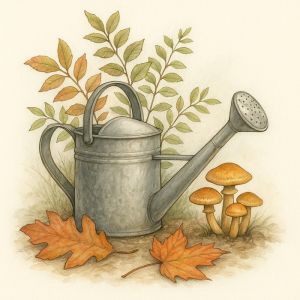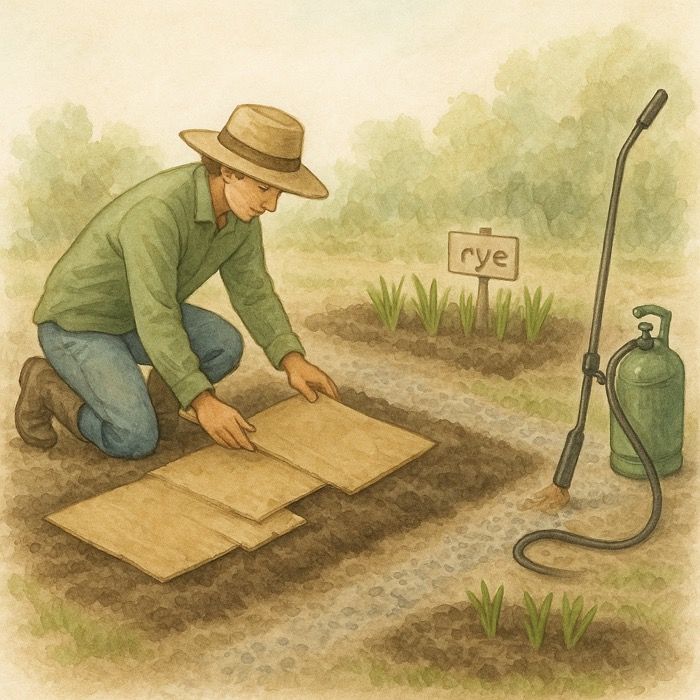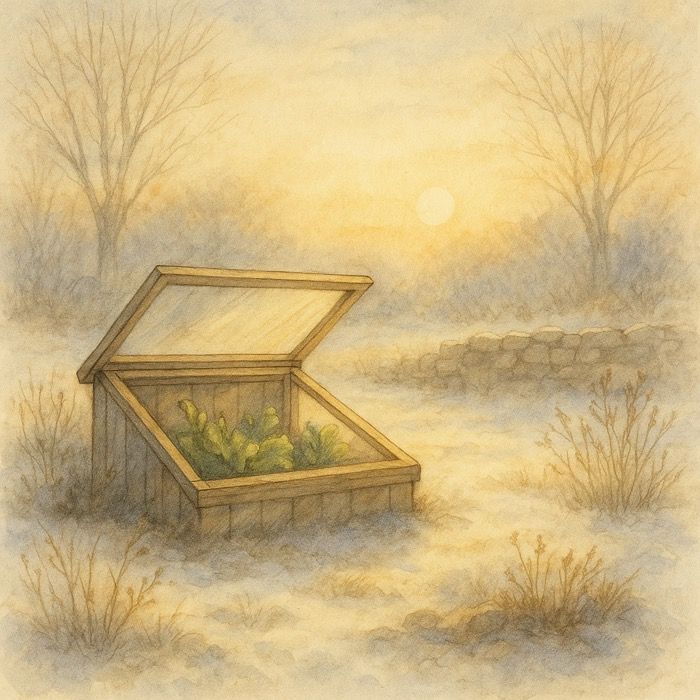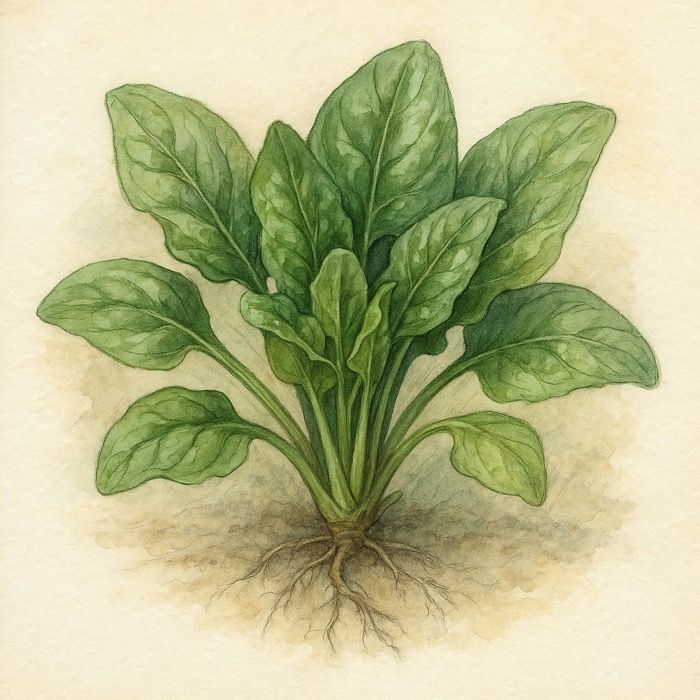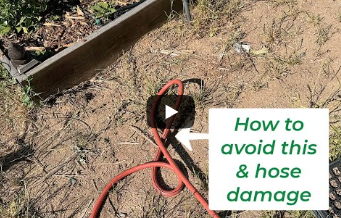Autumnal Shifts – Watering Wisely
As autumn settles in and the sun sits lower in the sky, your garden begins a subtle but powerful transition. The blazing days of summer fade into crisp mornings and cooler nights, changing not just the color of your leaves—but the way your garden drinks. Understanding how to water wisely in autumn can mean the difference between plants that merely survive the winter and those that thrive when spring returns.
The Changing Needs of Plants in Fall
With shorter days and lower temperatures, plants naturally slow their growth. Their roots still work beneath the soil, but not with the same intensity as during summer’s heat. Less sunlight means less photosynthesis, and therefore, less demand for water.
The key is balance. Too little moisture and your plants may go into winter stressed and dehydrated. Too much, and soggy soil suffocates roots, inviting rot and fungal disease. The goal of autumn watering is to maintain consistent, moderate moisture while avoiding waterlogged conditions.
The Difference Between Summer and Fall Watering
During summer, heat and long daylight hours cause water to evaporate quickly, often requiring daily or near-daily watering. But as temperatures drop, evaporation slows dramatically. The soil stays moist longer, and plants’ root systems don’t need the same constant supply.
Here’s how to adjust:
- Frequency – Water less often but more deeply. This encourages roots to grow downward, anchoring the plant and improving cold tolerance.
- Timing – Water in the morning so plants can absorb moisture before cooler nighttime temperatures set in.
- Monitoring – Check the soil before watering. If it’s still moist 2–3 inches below the surface, hold off another day or two.
This simple shift prevents overwatering, which is the most common mistake gardeners make in fall.
Adjusting Irrigation Systems for Autumn
If you use drip irrigation or sprinklers on a timer, now is the time to update your schedule. Systems set for July’s heat can quietly overwater in October’s chill. Consider these adjustments:
- Reduce frequency to once every 7–10 days for most perennials and shrubs.
- Check for leaks or clogs caused by fallen leaves or sediment.
- Shorten watering durations as rainfall becomes more frequent.
- For containers and raised beds, reduce watering even more—these hold moisture longer as temperatures drop.
Smart irrigation controllers that adjust based on temperature and rainfall can be an excellent investment to take the guesswork out of seasonal changes.
Why Autumn Watering Matters for Spring Growth
Proper watering in autumn does more than sustain plants through the colder months—it sets the stage for next season’s success. Moist but not saturated soil encourages root growth, helping plants establish stronger systems that draw in nutrients efficiently once growth resumes.
Watering deeply before the first freeze is particularly beneficial. Moist soil holds heat better than dry soil, insulating roots and protecting them from temperature swings that can cause frost heave or root damage. Think of autumn watering as a long-term investment in spring vitality.
Special Considerations by Plant Type
- Perennials and Shrubs – These benefit from deep, infrequent watering through mid-fall, tapering off as leaves drop.
- Evergreens – Continue watering until the ground freezes, as they lose moisture through their needles even in winter.
- Container Plants – Reduce watering significantly and move pots closer to the house or under cover to prevent saturation.
- Newly Planted Trees – Keep watering regularly until the soil freezes, as young roots are especially vulnerable to drying out.
The Role of Mulch in Autumn Moisture Management
A layer of mulch—2 to 3 inches thick—helps regulate soil temperature, reduces evaporation, and minimizes the frequency of watering. As leaves fall, use them to your advantage: shredded leaves make an excellent, free mulch that breaks down to enrich your soil through the winter.
Just remember to keep mulch a few inches away from stems and trunks to prevent rot.
Master Gardener Tip
Before a hard freeze, give your garden one final deep soak if the soil is dry. Moist soil acts like a thermal blanket, helping roots retain warmth and survive the winter intact. This simple act can make a world of difference when spring arrives and growth resumes.
More From Our Master Gardener
Recent Posts

5 Unexpected Winter Weed Control Strategies (That Don’t Involve Mulch)

Harnessing Winter Sun – Passive Solar Tricks for Your Garden

How to Grow Spinach – The Ultimate Beginner’s Guide for Tender, Nutritious Leaves

How to Grow Peas: The Ultimate Beginner’s Guide for Sweet, Crisp Harvests

How to Propagate and Dig Up Calla Lilies – A Step-by-Step Guide
